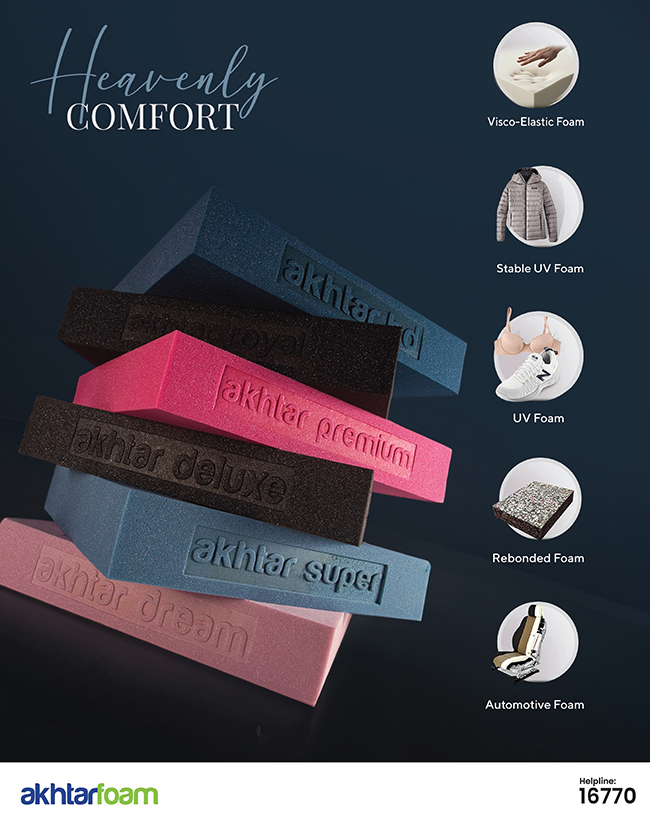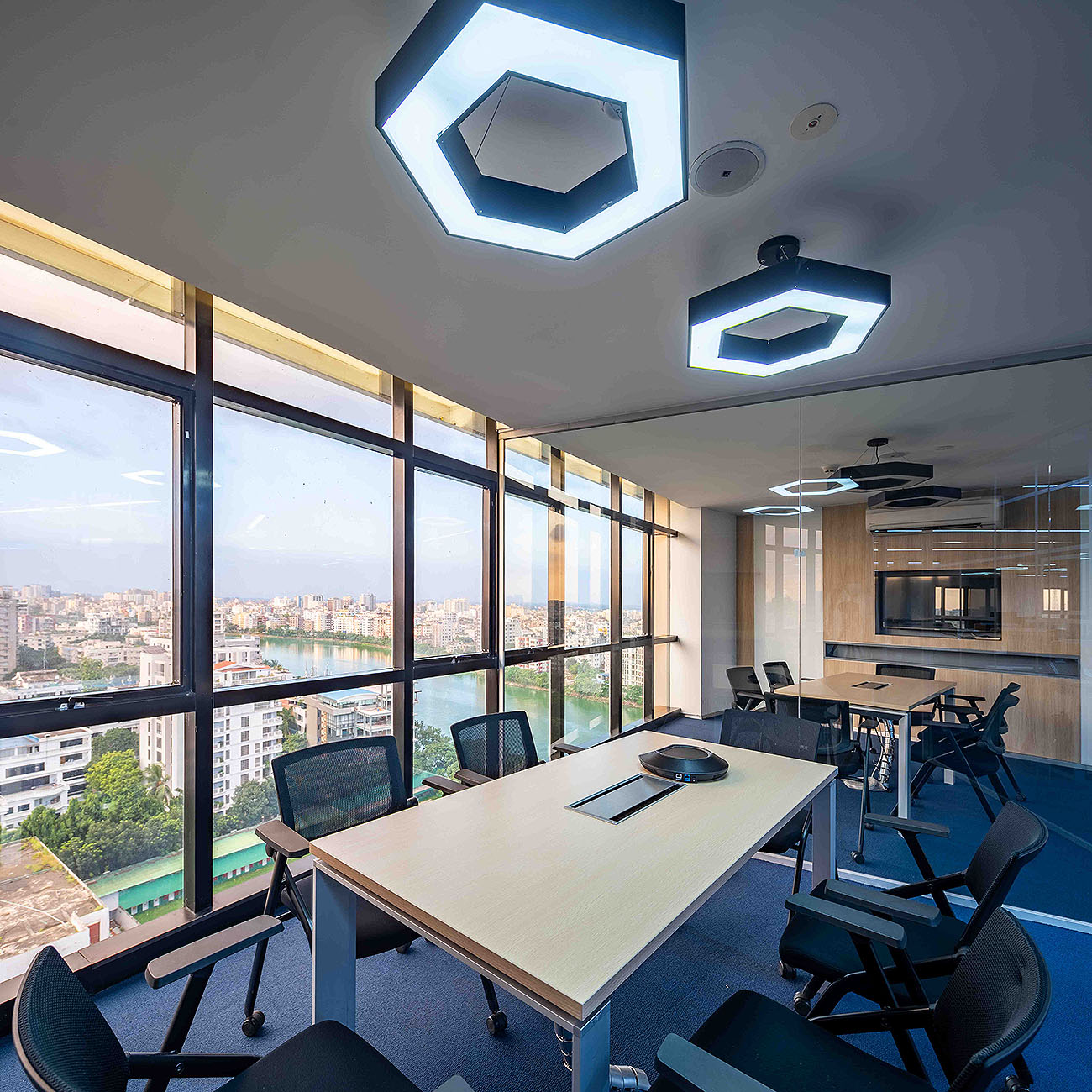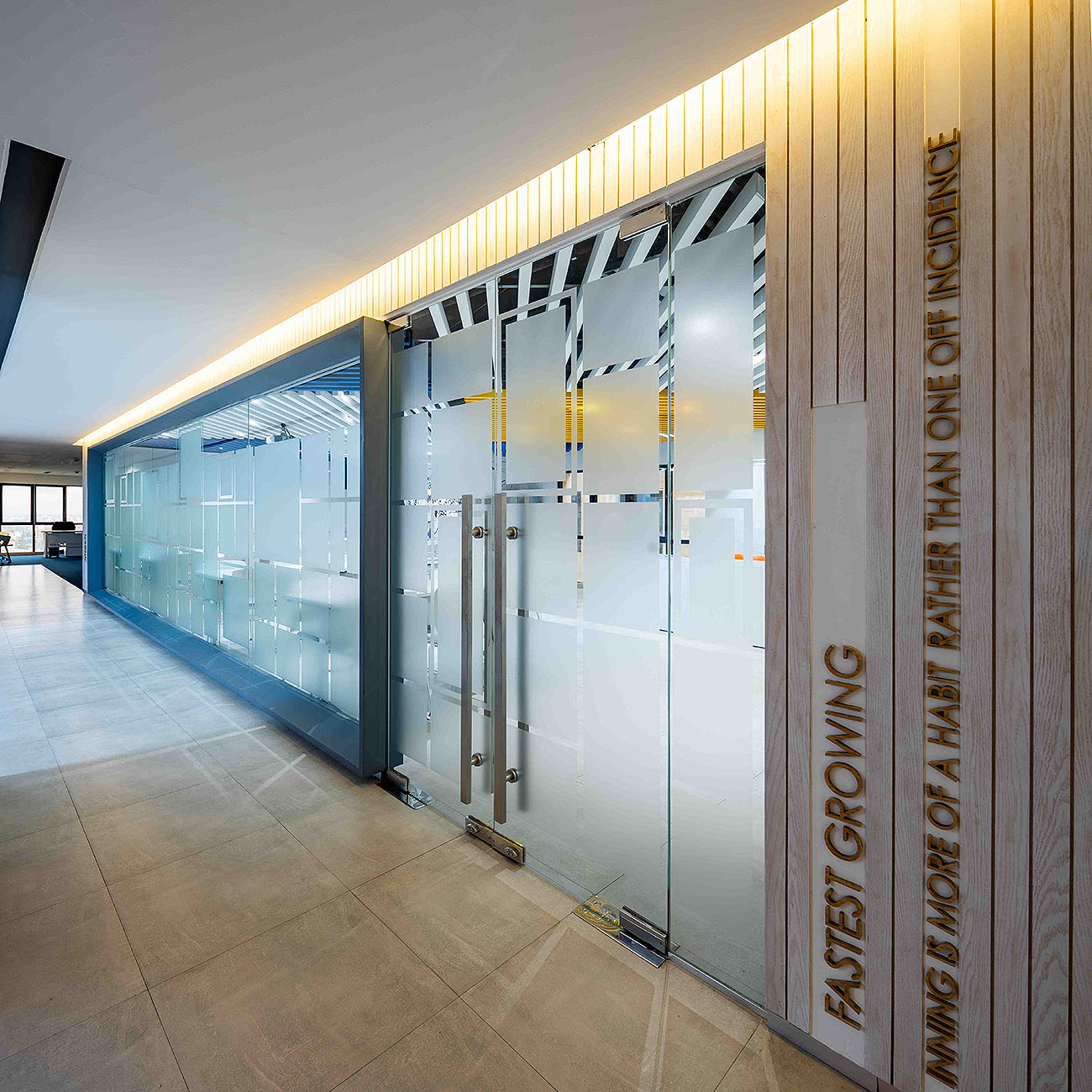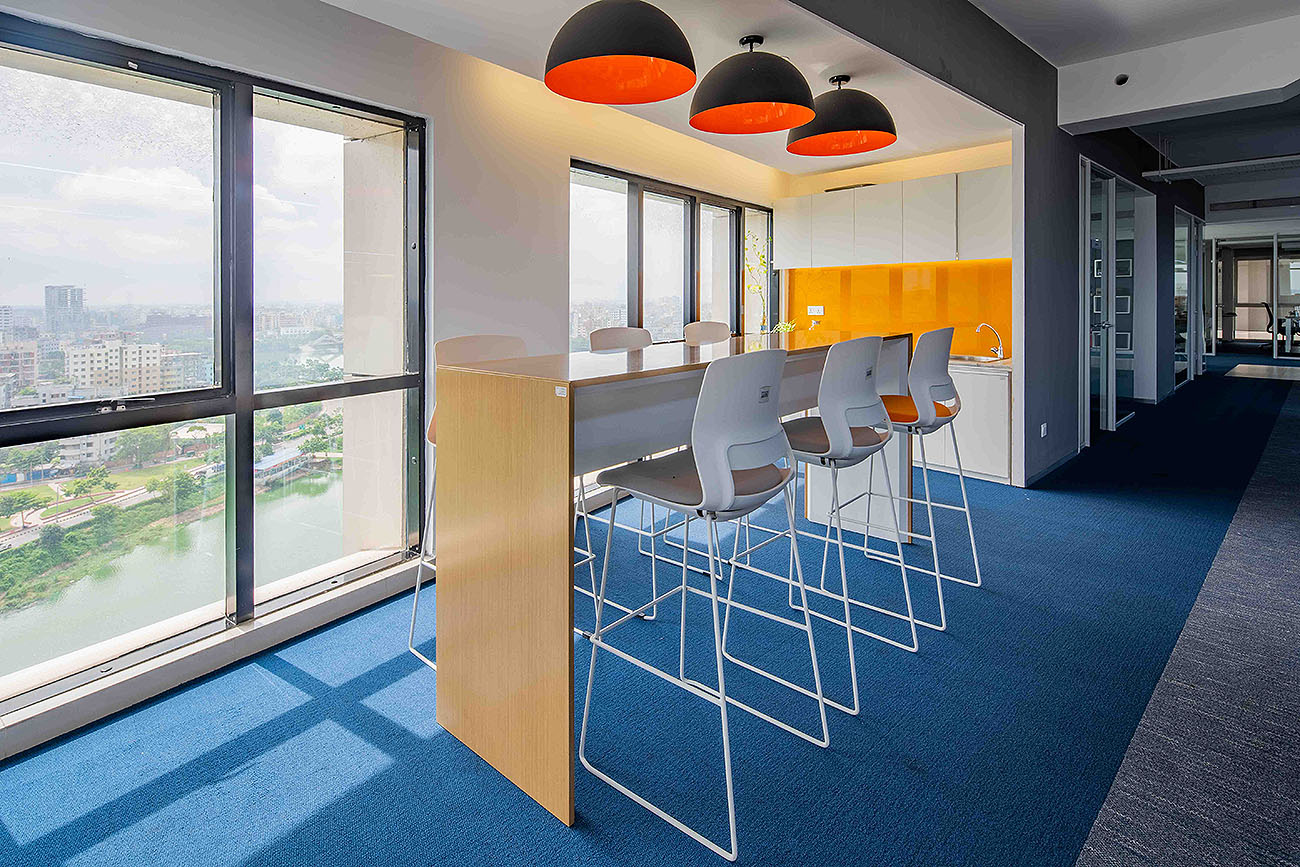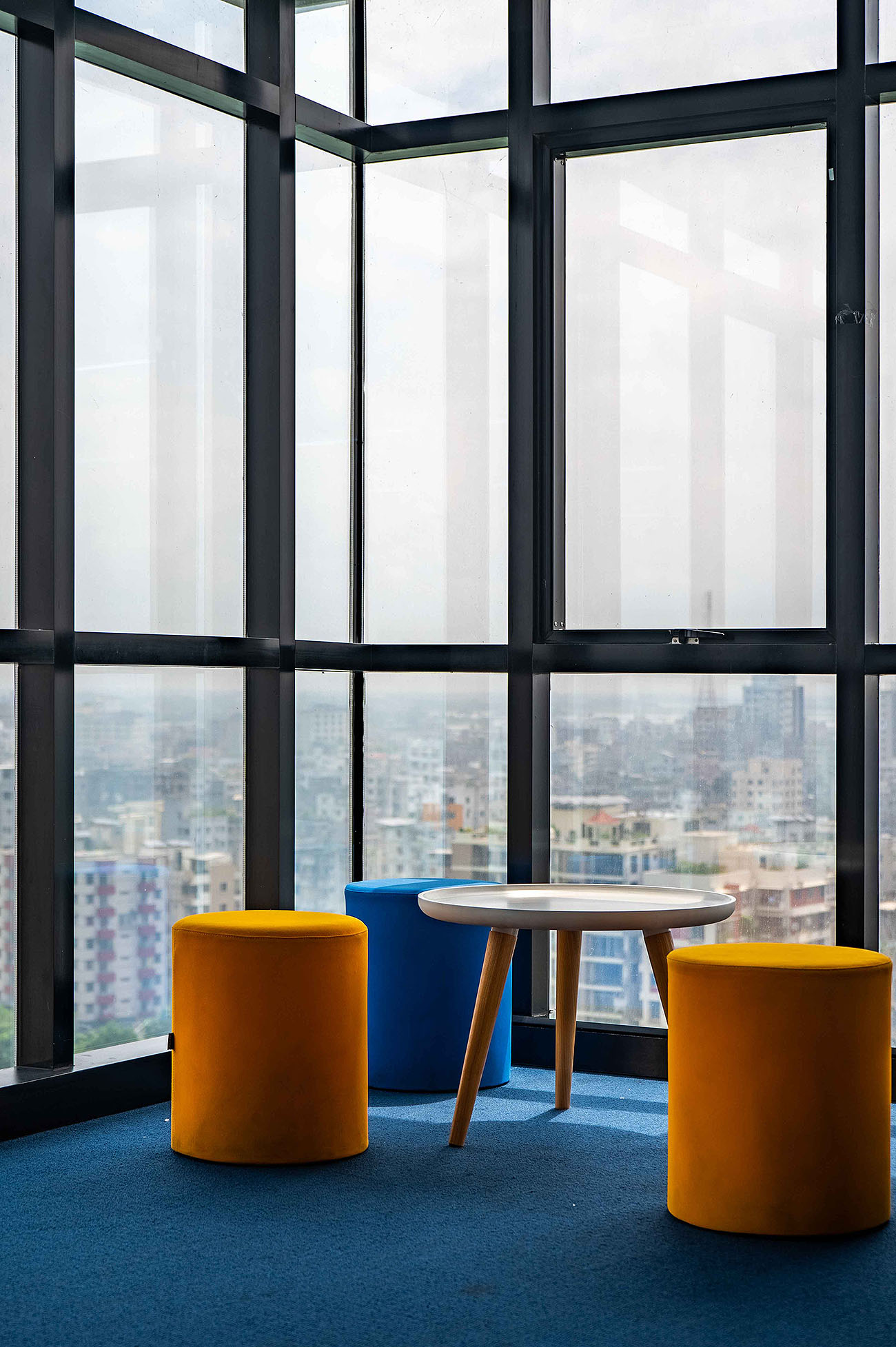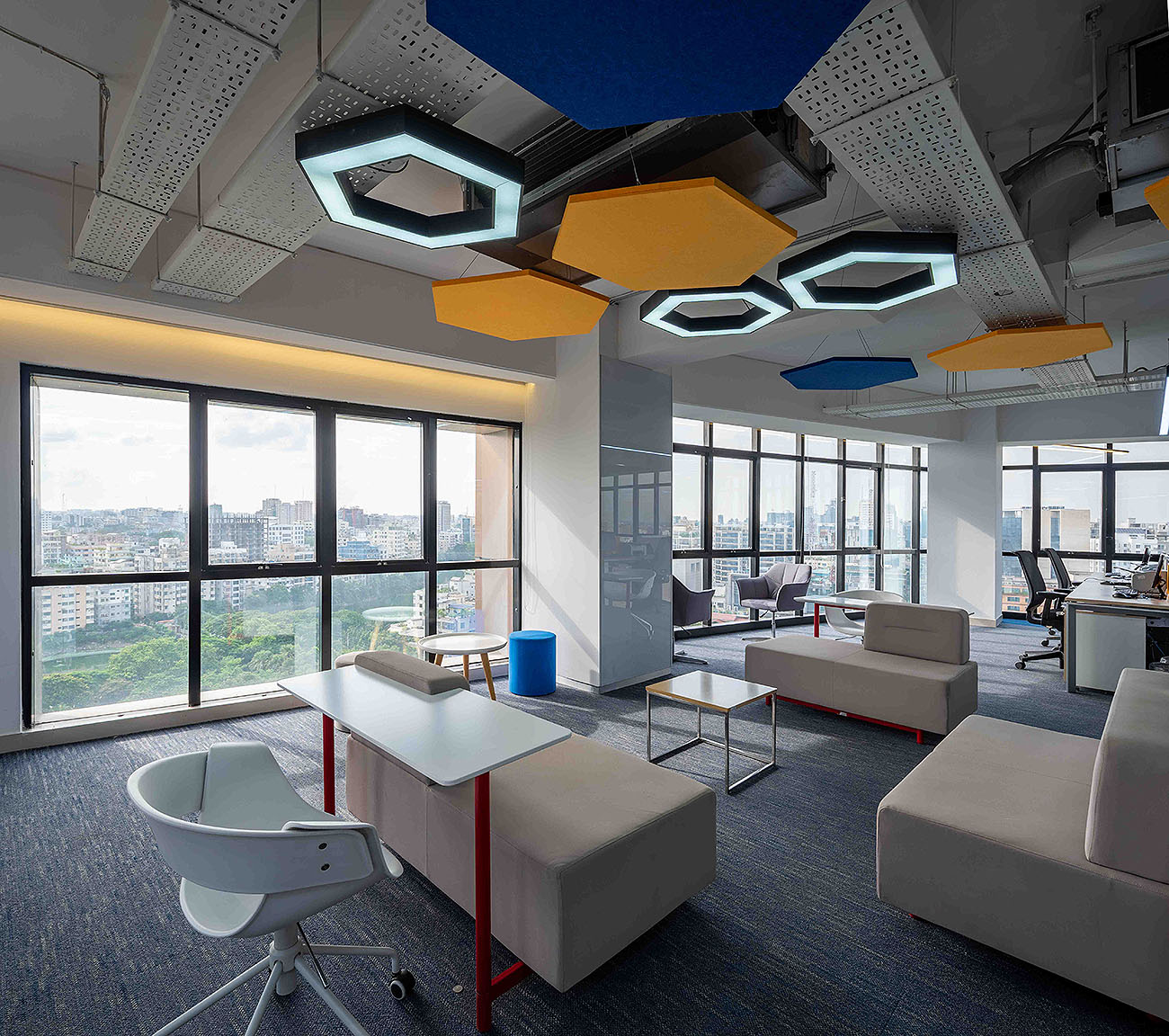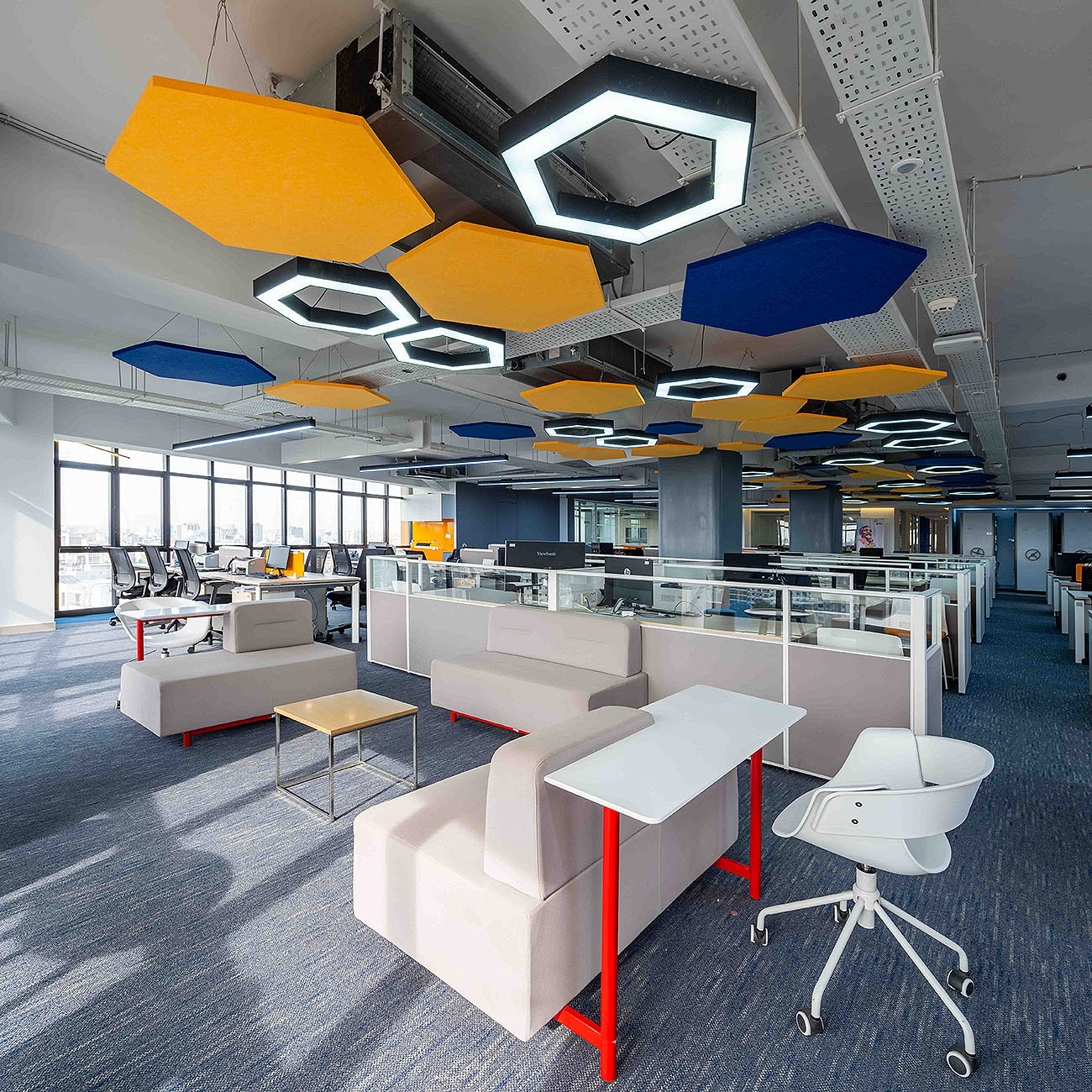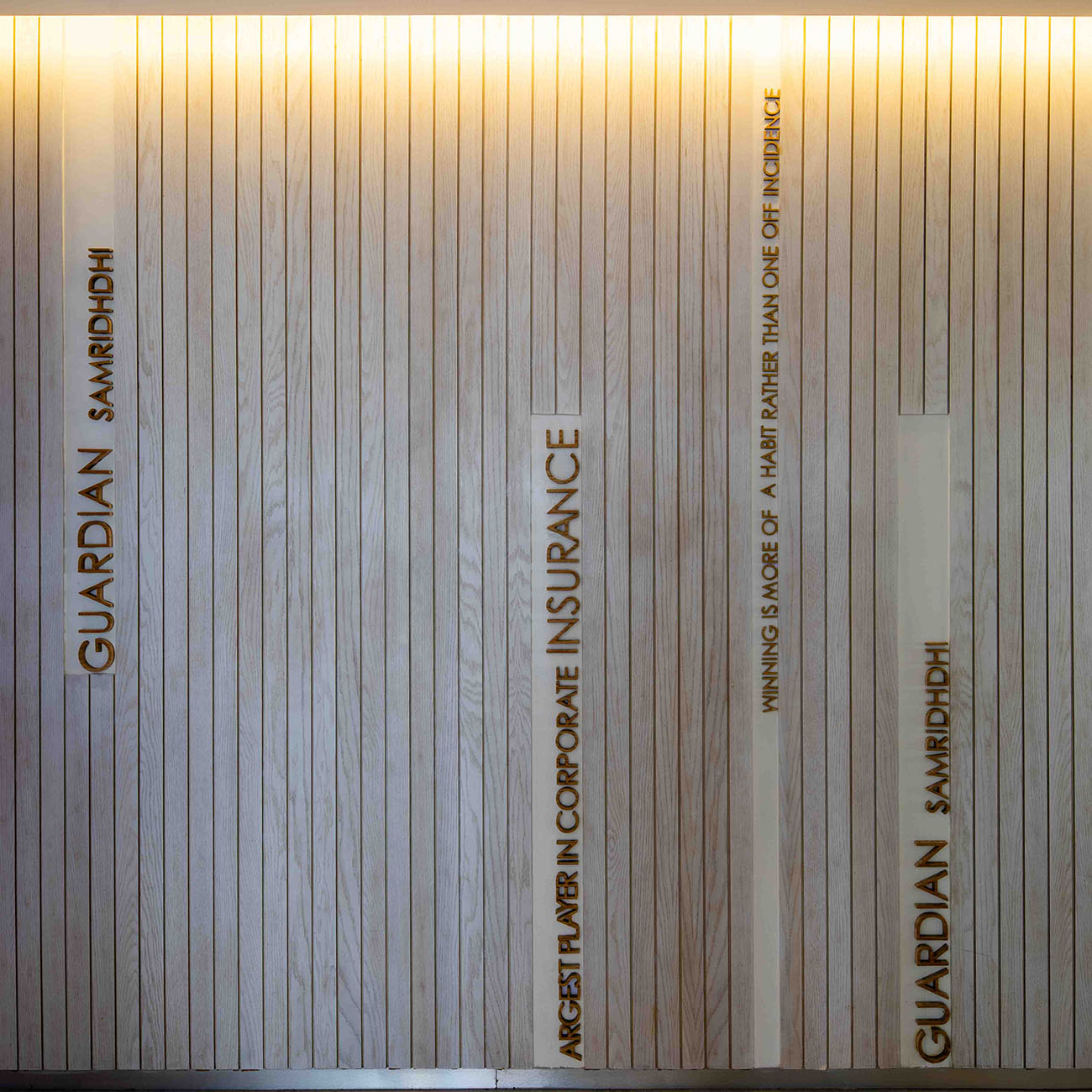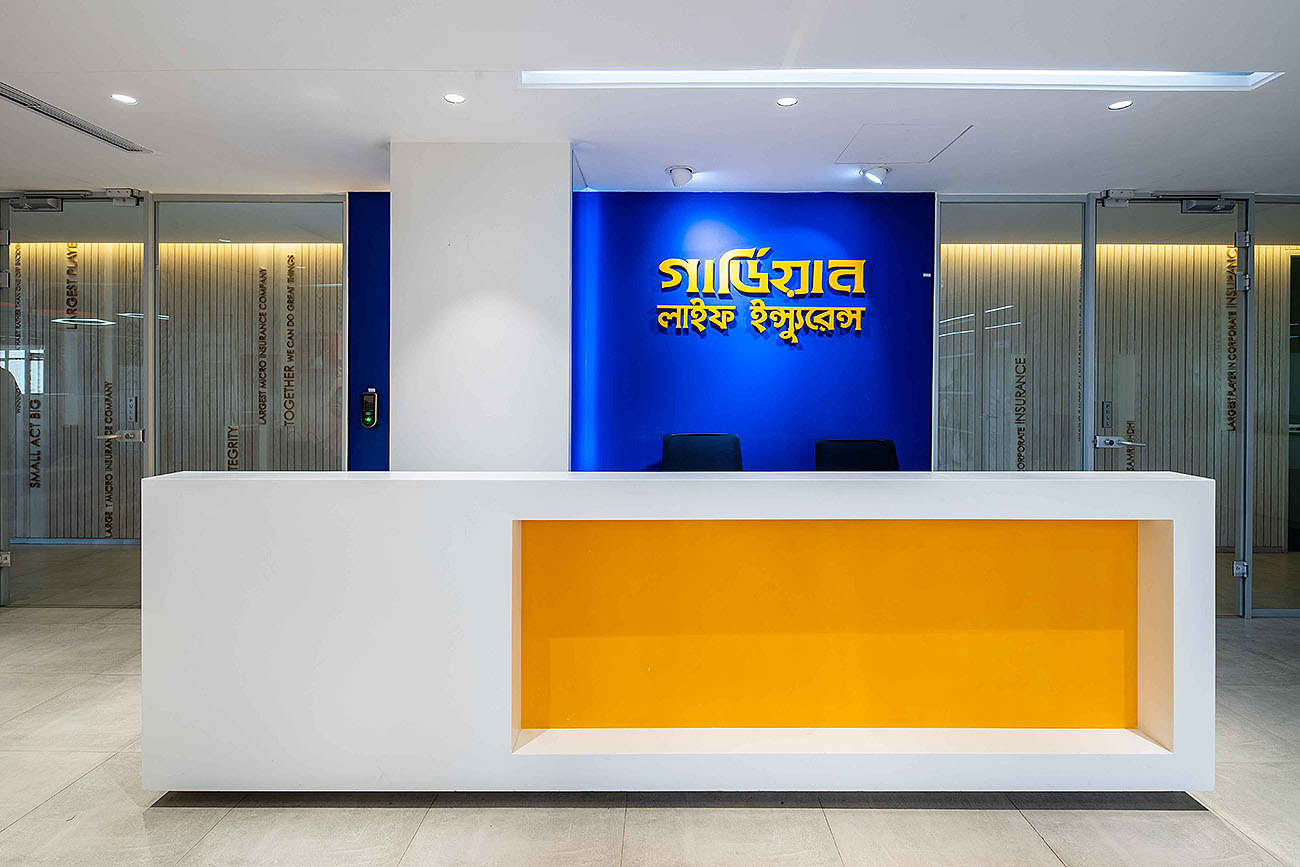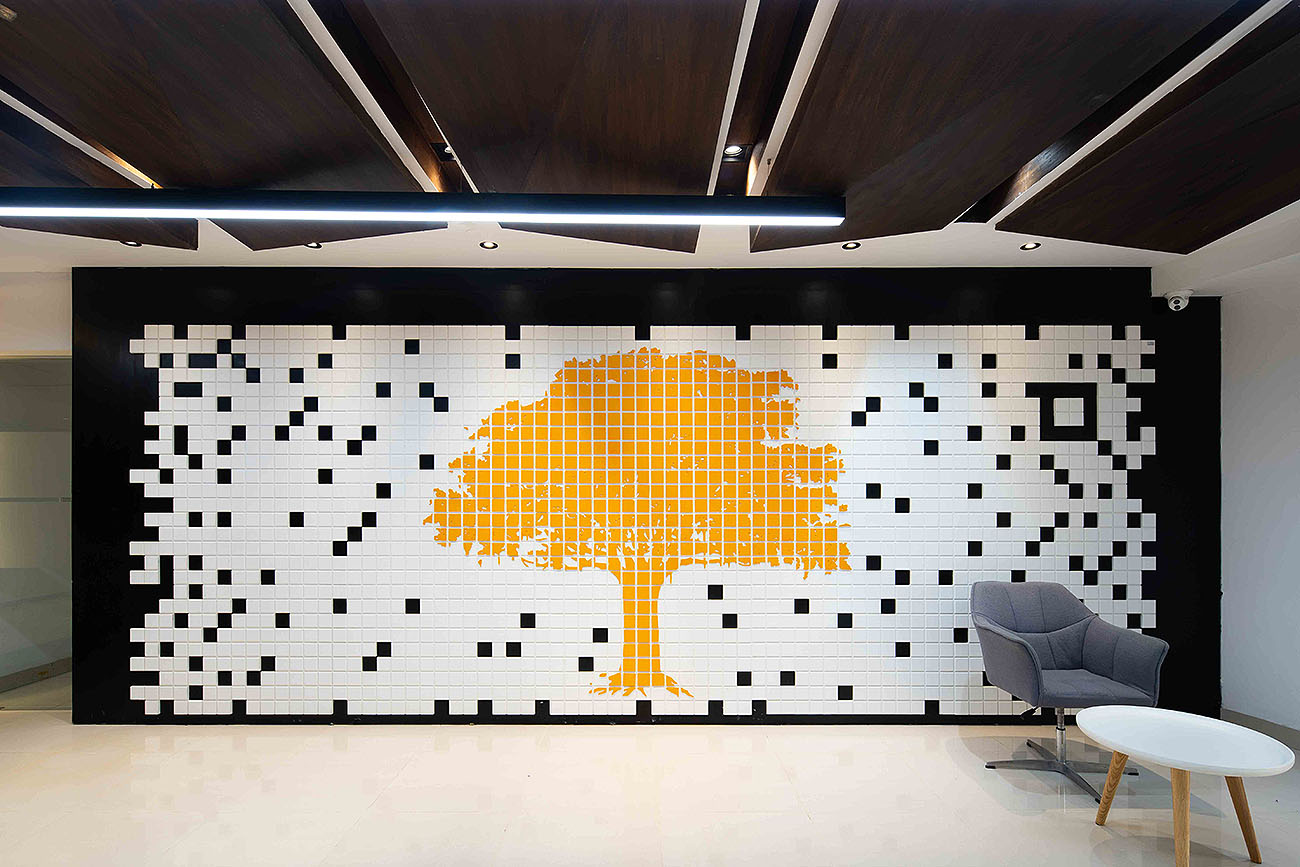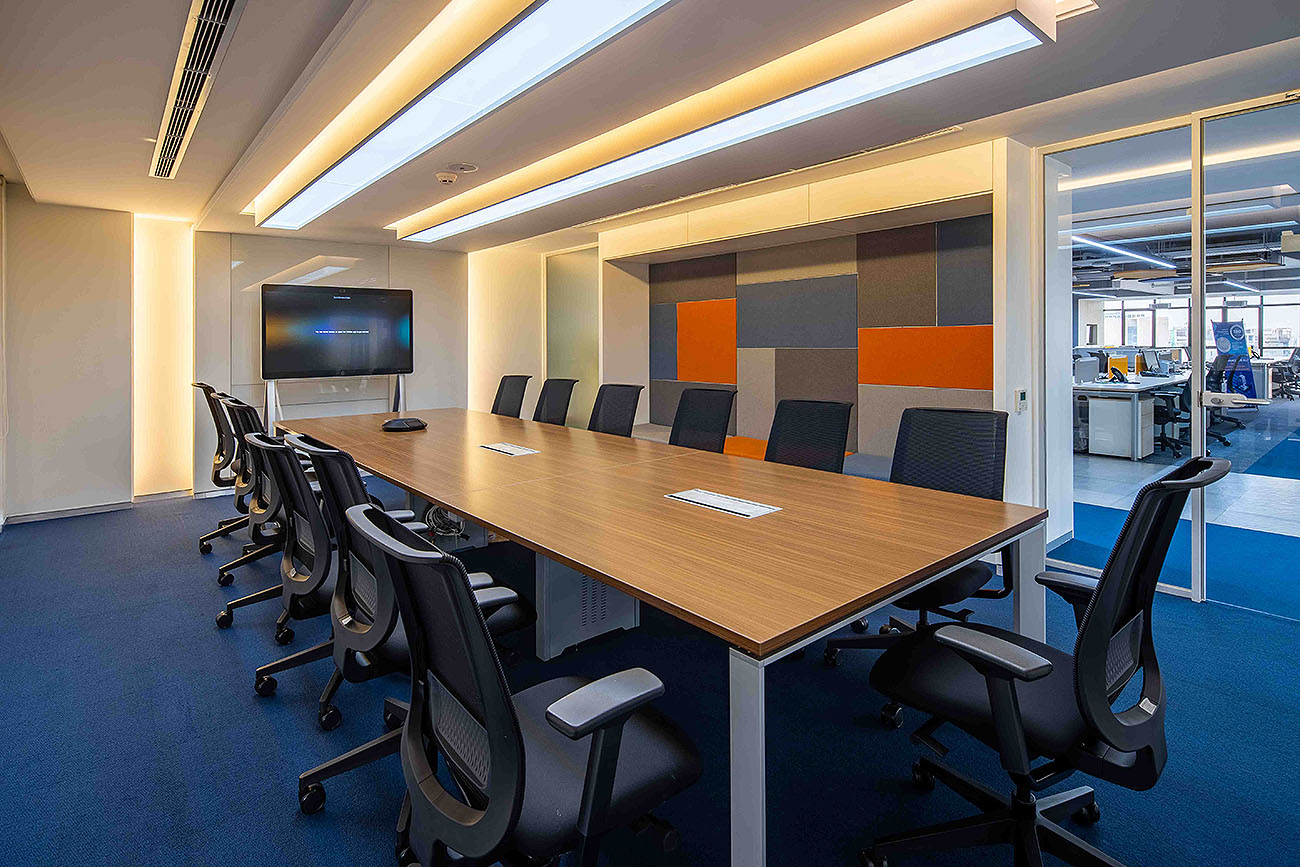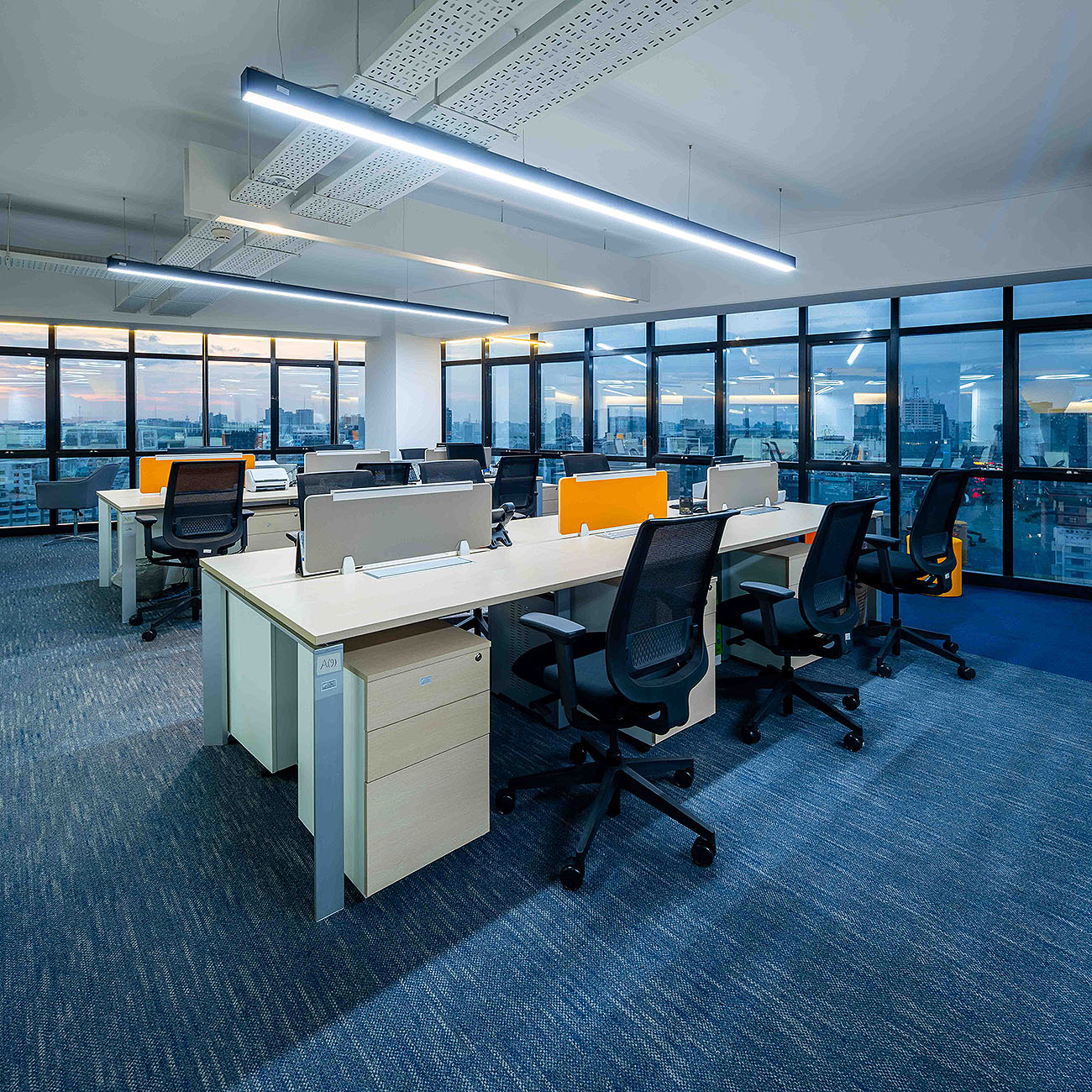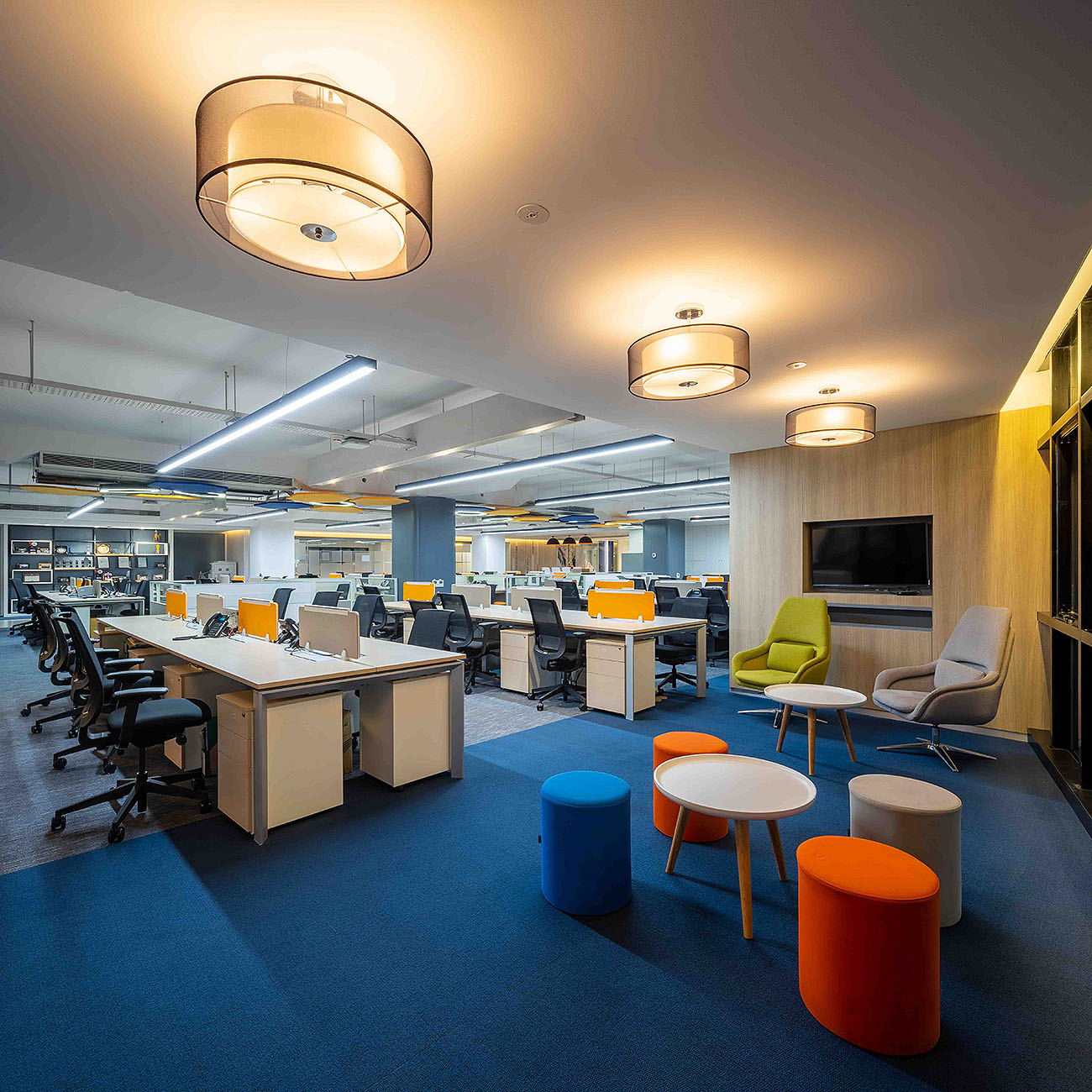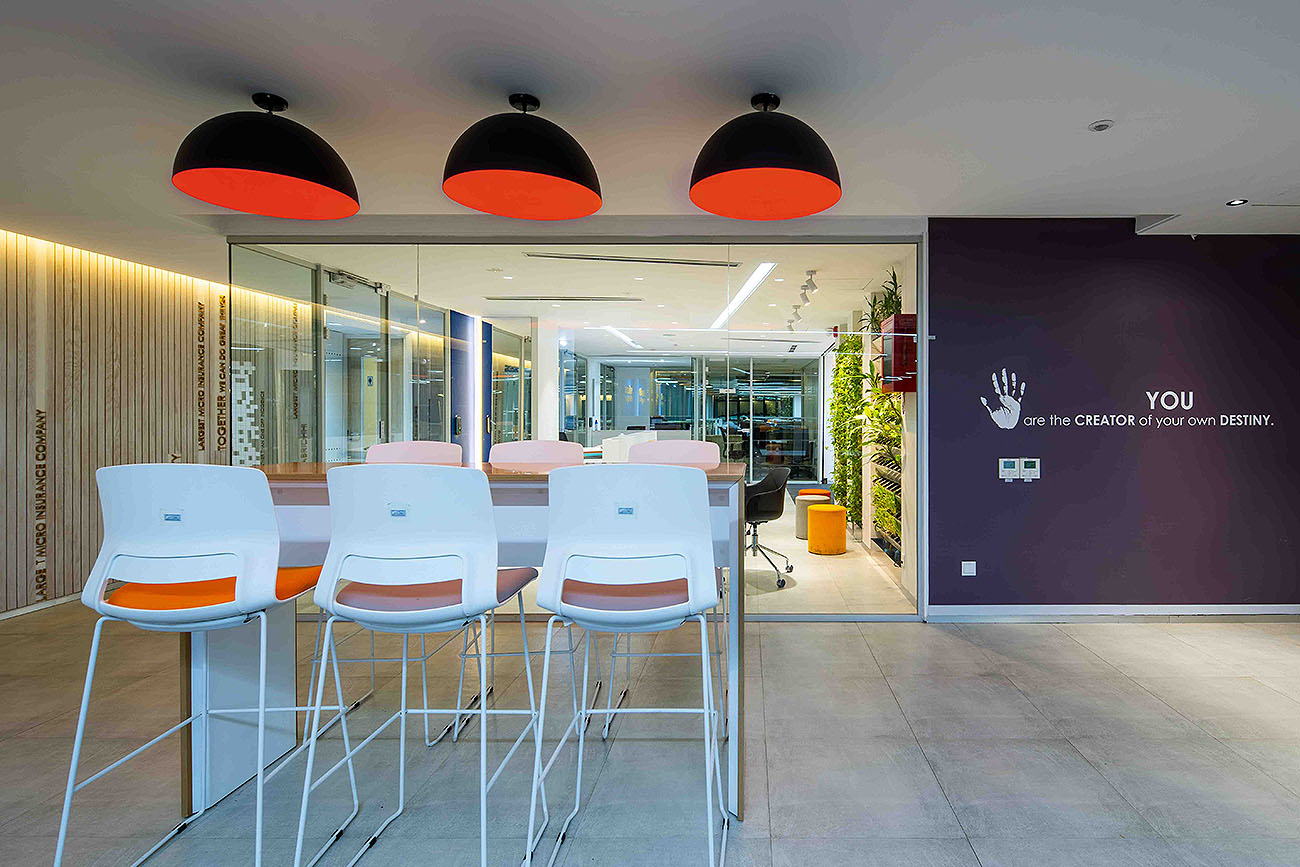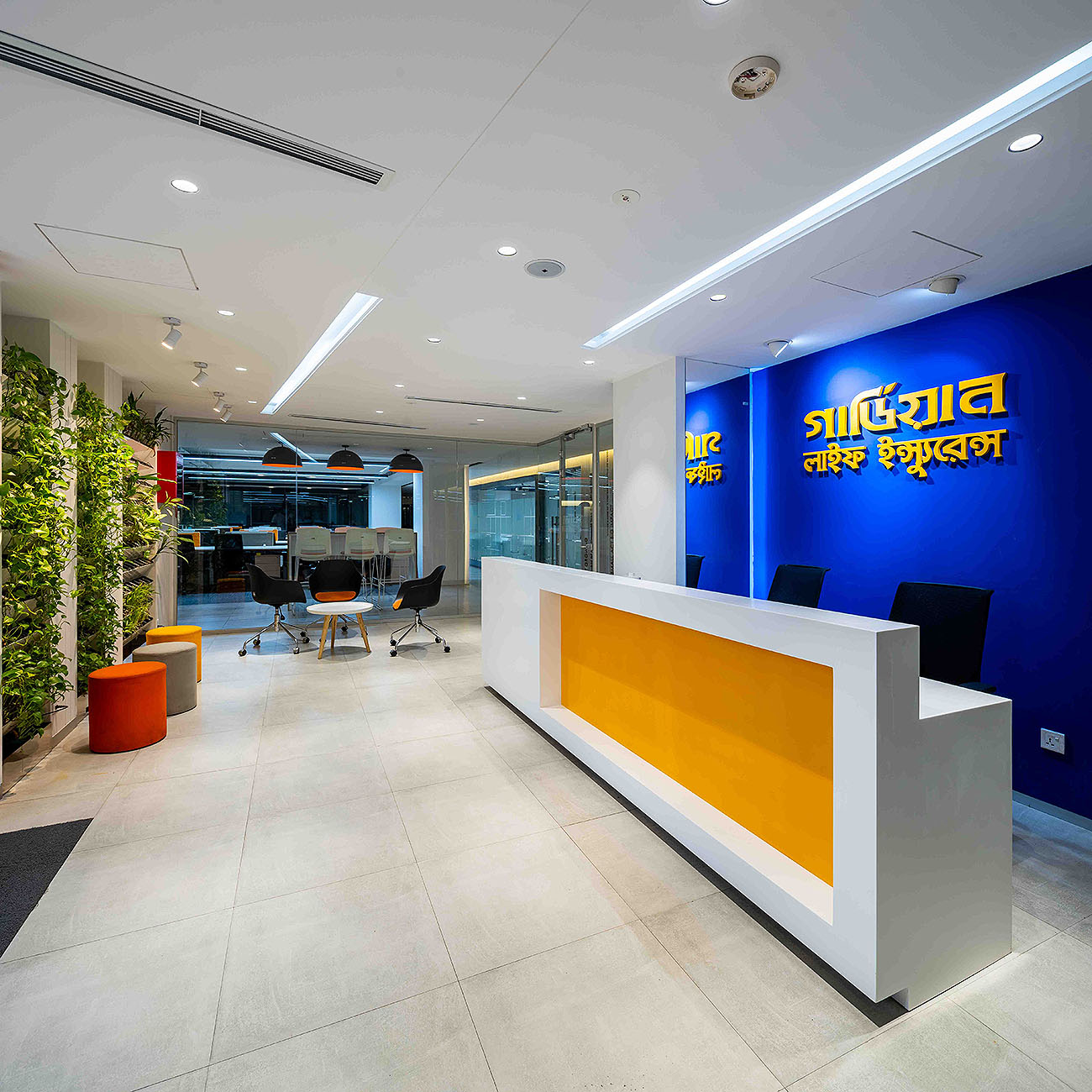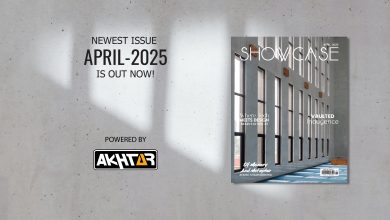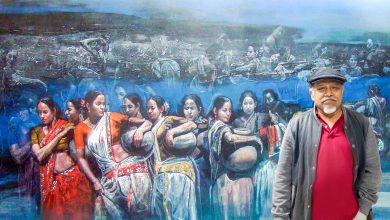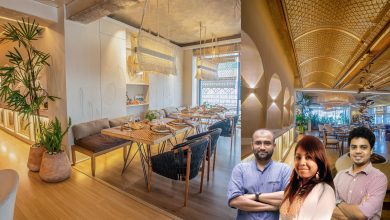A Sustainable Approach – Guardian Life Insurance
The head office of Guardian Life Insurance Limited is the second project of Archvista that has been awarded the LEED Platinum certification for the category of the commercial interior. With attention to the positive correlation of workplace collaboration, the key factors of design included: identity, inspiration, comfort, team spirit and choice, which helped the firm to design an office that ensures healthy working environment and visual coherence.
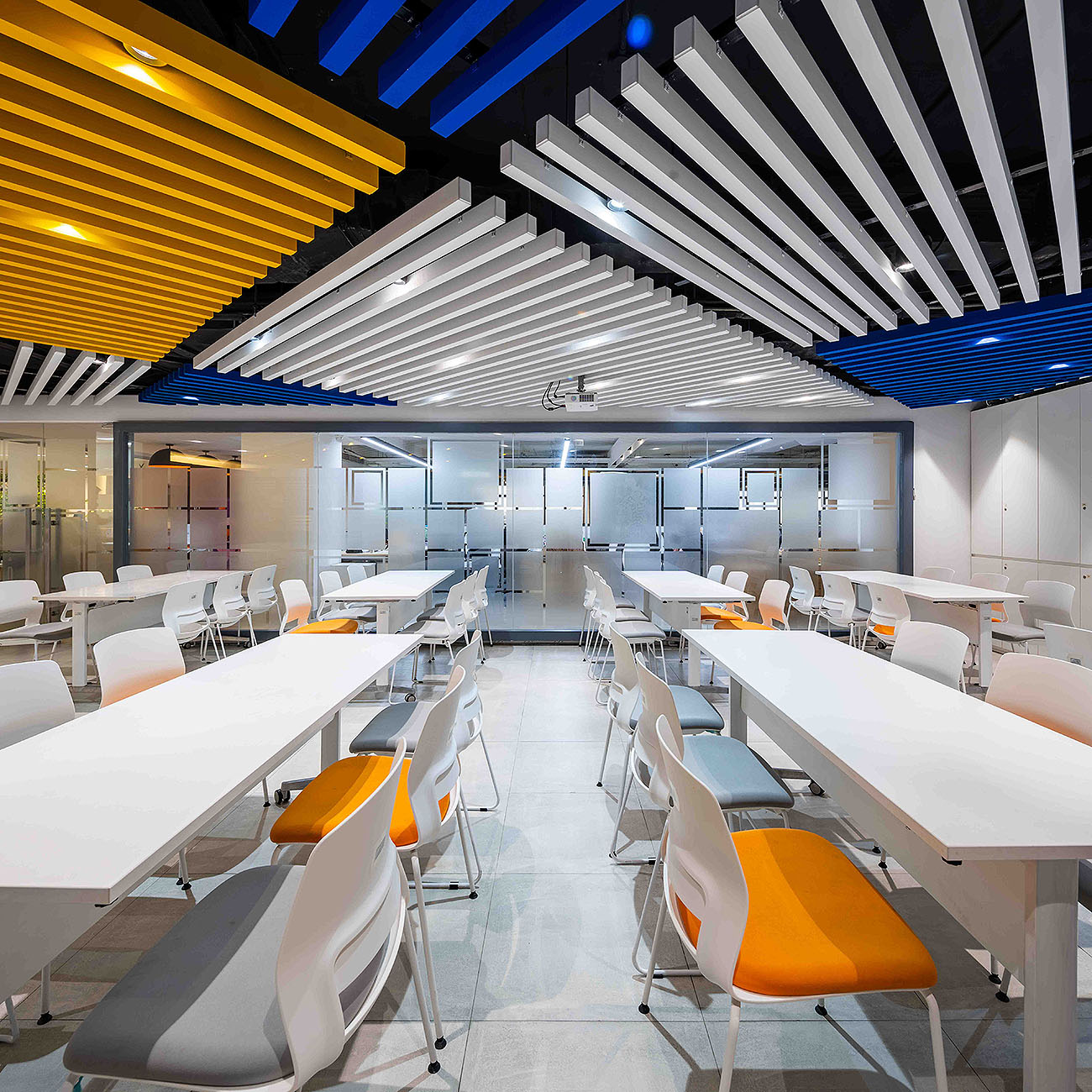
Guardian Life Insurance Limited was established in January 2014 and has managed to achieve an admirable position in the insurance industry and aims to achieve higher standards in the coming years. They assure a highly skilled and well-informed workforce united with a blend of the latest technology to go to the extra mile for their valued customers.
Hence, low VOC paints, VOC free carpet and rug were used. Even the tiles were chosen with low VOC content. Keeping the constantly changing workplace standards in mind, the initial design concept was based on the loop of ‘focus-collaborate-learn-socialize’. “A large number of world population today spend one-third of their time in the office space. Hence, it was of great importance to design an office space that is functional and comfortable as well,” says Md.Mamun Ar Rashid, principal architect of Archvista. “The ultimate result is an open and alluring workspace with the feasibility of maximum daylight and fresh air”.
The full-height windows of the floor layout with a 360-degree view of the Hatirjheel Lake and Gulshan-1 was fully utilized by the design team to ensure optimum daylight inside, alongside minimal solar heat gain and glare for improved mental health and energy-efficiency. Additionally, LED lights with daylight sensors are installed throughout the whole floor. These lights will only turn on when the LUX level of an area reaches 150lux. Moreover, lights with occupancy sensors are also installed which would only turn on when a particular area is occupied by an employee, contributing largely to the energy efficiency and daylight saving of the office, maintaining energy level of 38.19% and utilizing daylight of 85 %.
One of the biggest challenges for this project was the HVAC design. Due to the restrictions in the floor-height of the office, a dropped ceiling was not possible to design to conceal the HVAC ducts. However, the ducts caused sound pollution in the design. Therefore, hexagonal sound absorbing acoustic panels were designed and installed around the air outlets alongside customized hexagonal pendant lighting.
A healthy and collaborative work environment was ensured for the creative performance and well-being of the employees. For this, the open-plan layout is executed where a main central lane accommodating the workstations of executive members is shared by the other workstations of the employees. This layout of 70% open area and only 30% of the partitioned area enables employees to interact more with each other, encouraging a healthy interrelationship. Clear glass partitions lend the partitioned spaces to build a visual coherence in between and endowing the whole plan with natural light. Furthermore, a number of self-service counters have been designed in different segments, close to the workstations, resulting in continuous light movements and socialization. Also, the numerous breakout zones and collaboration areas lend helping hands in achieving the same results.
Vertical green walls have been installed along the waiting area to enhance the quality of air inside the office filling up with fresh air. The plants planted on top of hydro falls circulate the water to the plants for their growth. All the installed water fixtures and fittings are efficient with WELPS labels enabling the office to cut water consumption by 44% compared to the conventional fittings. These fittings include dual flush water closets, water-efficient urinals with manual-flush, and self-closing delay action taps for washbasin, water-efficient shower fittings, and water efficient sink tap. A particular area in the parking space is provided where the riders of the parked bikes could take a shower using the saved water.
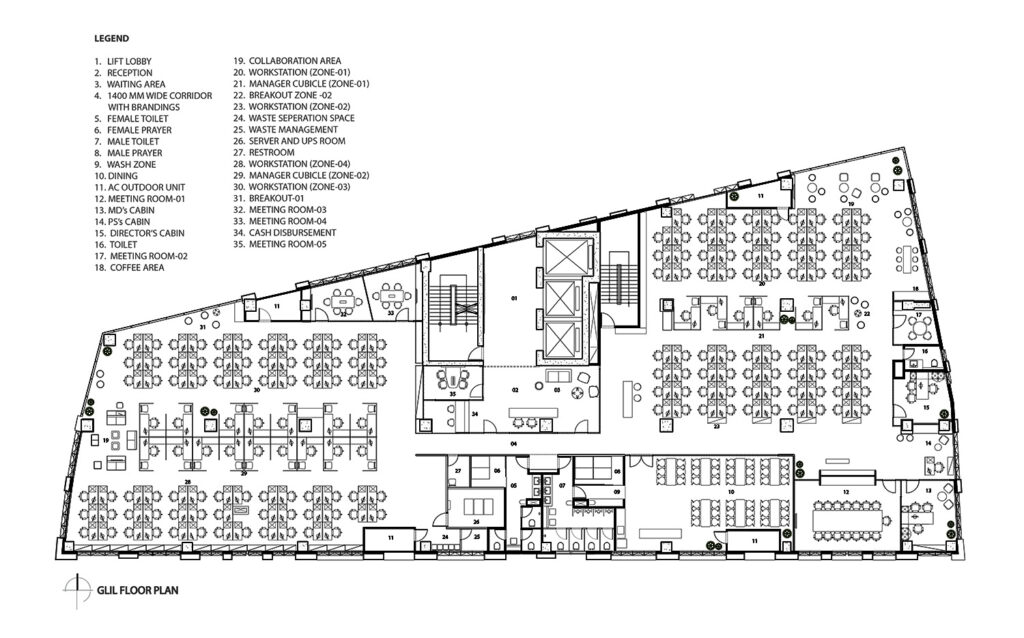
Moreover, all the furniture in the office is eco-friendly and also ergonomically responsive. The principles of The Pyramid, namely: Avoid, Reuse, Reduce, Recycle and Dispose is followed very carefully. It helped GLIL with their waste management by categorization of their wastes under the categories: Paper, Plastic, Cans and other wastes. Moreover, during the construction phase, GLIL had reached another milestone with zero casualties at the site with 95% management of construction waste which is a pre-requisite for the LEED certification.
From the design team, the site was very carefully chosen by the clients. They made sure the site was easily accessed by public transportation and should also be accessible to a number of social services. Hence, the occupants can access maximum number of social amenities within ten minutes of the walking distance. “It is because of this accessibility that made the construction phase a sustainable practice as the transportation of construction materials took lesser time and hassle”, the firm adds.
Photography by Maruf Raihan

